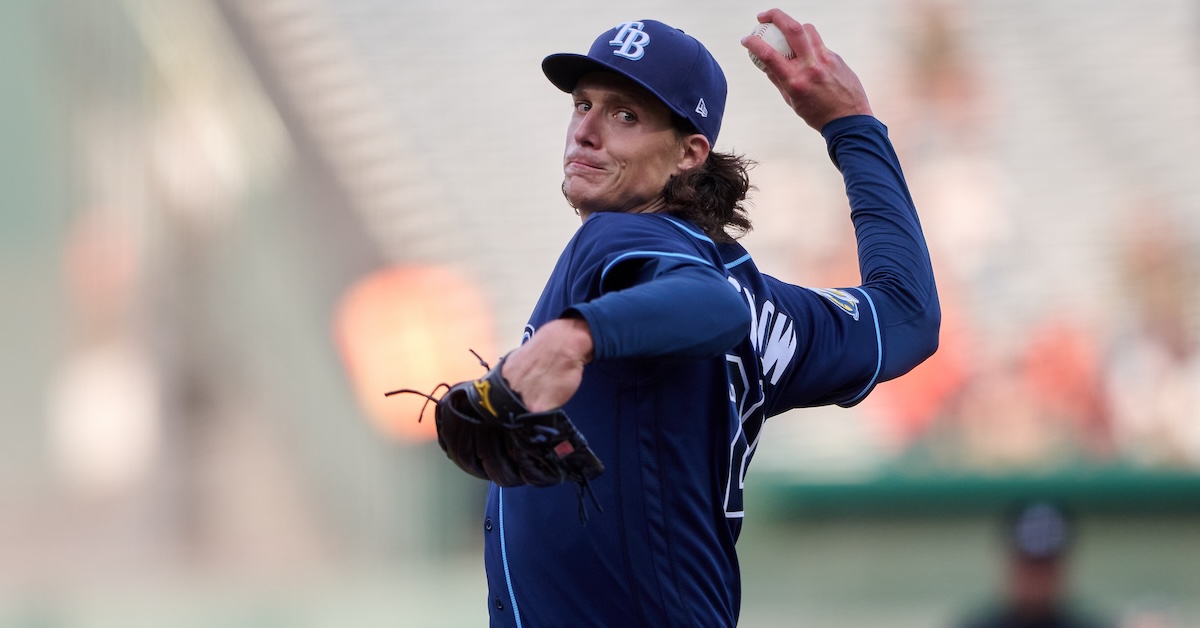Sunday Notes: My Friend Sam Has an Interesting CBT/Bird Rights Idea
Last Sunday’s column included my opining that Joey Votto should retire rather than sign with a team other than the Cincinnati Reds, thus making him a one-franchise player. My friend Sam — a bona fide baseball nerd — read the column and proceeded to share an interesting thought when I ran into him at the coffee shop we both frequent. Being of the belief that players sticking with one team is a good thing — I think most fans would concur — Sam wonders if tweaking the Competitive Balance Tax in a manner that would incentivize teams’ ability to re-sign their free agents might be possible. For instance, if player X were to sign a one-year $20M contract with a new team, the entire amount would factor into the team’s payroll. Conversely, if Player X re-signed with his old team, a lesser amount ($10M?) would count toward it.
Sam didn’t mention Mookie Betts, but he may well have had him in mind. With their superstar outfielder one year away from free agency, and the CBT an acknowledged factor, the Red Sox traded Betts, along with David Price, to the Dodgers, thereby slashing over $40M from their forthcoming 2020 payroll. The deal put them a reported $18M below the threshold. Whether or not Betts would have opted to re-sign with Boston is another question, but the CBT clearly played a role in his departure.
Ben Clemens brought up basketball’s “Bird Rights” as a parallel when I asked for his thoughts on Sam’s idea. As my colleague pointed out, NBA teams get to exempt hometown stars from the salary cap in some situations. Of course, MLB doesn’t have a ceiling. Nor does it have a floor, which further complicates the issue. Read the rest of this entry »









